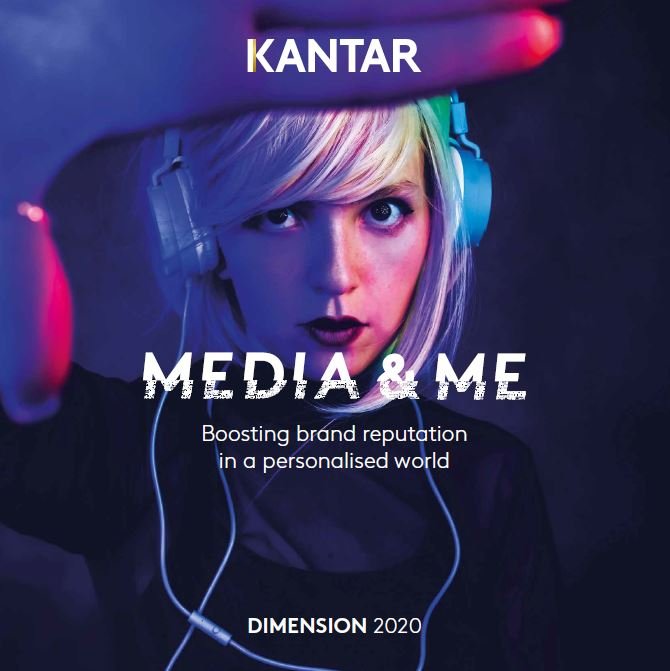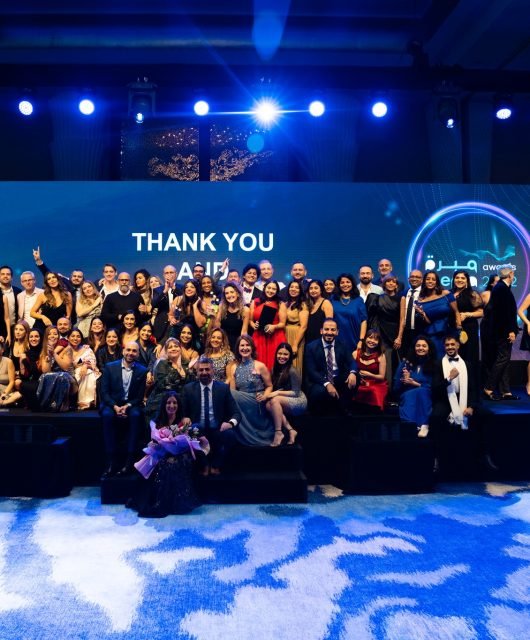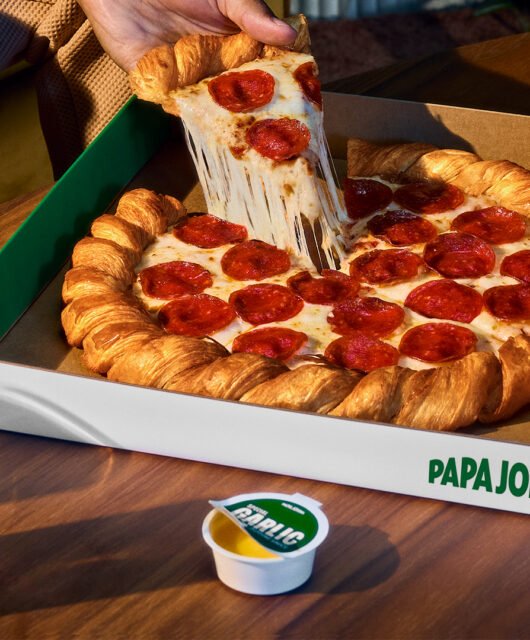Dimension2020: Boosting Brand Reputation In A Personalized World
Kantar’s latest Dimension study investigates how to best navigate the trust trap risks and reap the rewards of personalised channels for PR and communications.

This year, Dimension focused on personalisation and the opportunities and challenges this holds for the communications industry in particular. While the research was conducted among 8,000 consumers and some of the world’s leading thinkers in PR and corporate communications at the end of 2019, most of the findings and broad themes still hold true under the COVID-19 conditions of today.
As social distancing, self-isolation and quarantine measures become the norm in many markets for the foreseeable future, examining key considerations for brands and organisations wanting to navigate the risks of personalised channels could never be more relevant. Consumers choose their own information path to follow, while targeted information comes at them from more sources than ever before. So, who do audiences trust for news and brand information?
Consumers actively broaden their sources or narrow them down to only the views that mirror their own thoughts, but there’s an undeniable trust gap between those who trust a source and those who don’t. Media is still seen as the fourth pillar of democracy over much of the world, yet there are fewer journalists, and fewer filters between consumers and content creators. Those responsible for building and sustaining an organisation’s reputation may find themselves on dangerous ground.
Newspapers, closely followed by radio and TV, are the most trusted sources of news right now, particularly where there’s a strong public broadcasting ethos.
It’s social media that shows the biggest trust gap overall, though this is lower for younger audiences and some audience demographics trust those within their closed network more than those outside it. This trust in the news and information echo-chamber is particularly evident among connected consumers aged 18–34. Only in this age group is social media more trusted than not. In fact, social media is most trusted for news and information sharing among 18–34s, and least trusted among those aged 65+, across closed platforms like Facebook and open platforms like Twitter.
When it comes to trusted sources of brand information, friends and family come out tops, followed by review sites, with advertising at the bottom of the pack. So, don’t forget your organic communication forms, as consumers still trust consumers first. This links to the rise of influencers, seen all over social media as ‘trusted consumers’.
Unravelling The Influencer Trust Debate
As a manifestation of the personalisation trend, brands use influencers for microtargeting, which can work incredibly well, but transparency and trust are critical. Gianfranco Brunetti, Head of Brand, Strategy, PR and Social Media at Lidl explains: “Brands and organisations are now holding their influencer partners to account, expecting the same rigour and transparency as with other more established media forms.”
The influencer market has also matured over the years, with many turning down opportunities they feel they can’t be authentic about. But do consumers even like influencers as brand promoters? Almost half (42%) of Dimension respondents feel they see too much branded content on social media, and most would prefer paid-for content to be clearly marked that way. There’s a natural fit for influencers in some categories, like travel, luxury and beauty, while in sectors like alcohol, financial services or public sectors, brands may need to first conduct a risk assessment of influencers and ensure they’re only reaching specific audiences.
Inmaculada De Benito, Director of Corporate Communications and Public Affairs at Iberostar says, “We’re progressively moving from influencers who have scale across social media to those who are aligned with our values.”
But likes and followers cannot be the sole means of evaluating the role of social media and influencers. We need better measurement to enrich our view of audience engagement. If they shared content, how did they share it? If they commented on it, what was the comment?
There’s no right ‘fit’ for social influencer strategy as you need to work with the right influencer based on your specific brand objectives and the audience you’re aiming for.
Ignore New Communication Platforms If They Don’t Align With Your Brand
When it comes to other popular new media, there’s massive temptation to play with all the shiny new toys. For example, brands can now partner with certain news outlets for a fee to reach a specific group of consumers. But proceed with caution on this, as consumers see a distinct difference between paid-for and independent editorial content. If brands misuse consumer trust, it can be very hard to regain.
In addition, nearly half of consumers now worry that accessing a tailored content digest means they’re missing out on other perspectives. They want a rounded point of view as well as relevance, so platforms serving purely aggregated content aren’t necessarily meeting the needs of today’s media consumer.
Private messaging communication is also seeing a boom through apps like WhatsApp and Facebook Messenger, but advertisers still need to work with caution. While these are proving popular among consumers, it’s because they’re seen as being more private than social media channels – they don’t necessarily want brands gate-crashing this space.
Trust remains an issue, so if you do venture into the private messaging space, be sure to offer a clear and appropriate value exchange based on permission and not intrusion.
On the flip side, targeting in a more personalised world is possible with more granularity based on the sheer volume of data, but we need to keep context in mind, especially in terms of who we want to target and how we want the message to land.
We need stronger reputation management strategies in this connected world, not only to ensure our target audience sees the message, but also to switch focus from simple volume reach to quality and ultimately, value. That’s the key to gaining a clearer view of audience engagement, whatever the medium.
Click here to access a PDF of the report.





